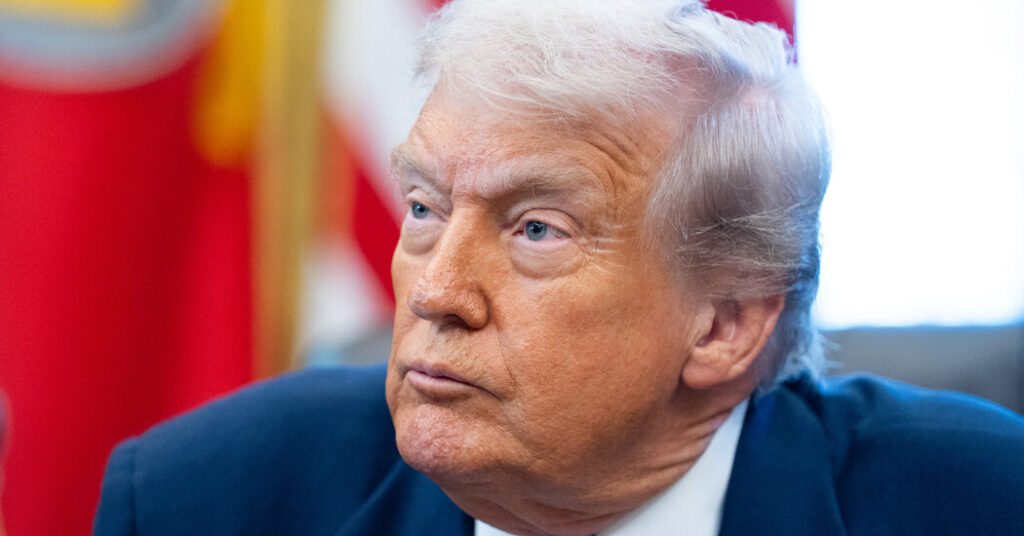President Trump’s sweeping tariffs took a toll on trade in August, as imports dropped 5.1 percent, to $340.4 billion, after taxes on exports from roughly 90 countries went into effect on Aug. 7, newly released data from the Commerce Department showed Wednesday.
U.S. exports were essentially flat, rising 0.1 percent to $280.8 billion. Because of the sharp fall in imports, the U.S. trade deficit in goods and services for the month also dropped sharply, shrinking nearly 24 percent, to $59.6 billion, compared with July.
The data, which had been delayed by more than a month because of the government shutdown, gives the first look at trade patterns after Mr. Trump introduced what is effectively a new trading system for the United States.
The president announced global double-digit tariffs in April on what he called “Liberation Day,” saying that the previous system had cheated the United States and cost it jobs and money. While his tariffs briefly went into effect, they were then largely paused for four months as the administration tried to strike deals with trading partners.
On Aug. 7, the tariffs again went into effect, with a 15 percent rate on goods from Bolivia, Ecuador and Nigeria, 20 percent on Taiwanese products and 50 percent on Brazilian exports.
Altogether, they brought the U.S. effective tariff rate to more than 18 percent, the highest level since 1934, according to the Budget Lab at Yale.
U.S. imports and exports had risen in July, as companies that depend on international trade had tried to complete their shipments before those tariffs went into effect. In August, trade then dropped, as American businesses imported fewer industrial supplies, food and beverages and machinery, according to an analysis by Moody’s Analytics.
Many of the president’s tariffs, including those he issued in early August, could be undermined by a challenge at the Supreme Court. The court is weighing whether Mr. Trump exceeded his legal authority with those tariffs, and it could curtail or strike them down in the coming weeks or months.
Even so, the president has other legal authorities he can use, and is likely to announce new measures to replace at least some of them.
Ana Swanson covers trade and international economics for The Times and is based in Washington. She has been a journalist for more than a decade.
The post Trump’s Global Tariffs Curtailed Trade, Data Shows appeared first on New York Times.




